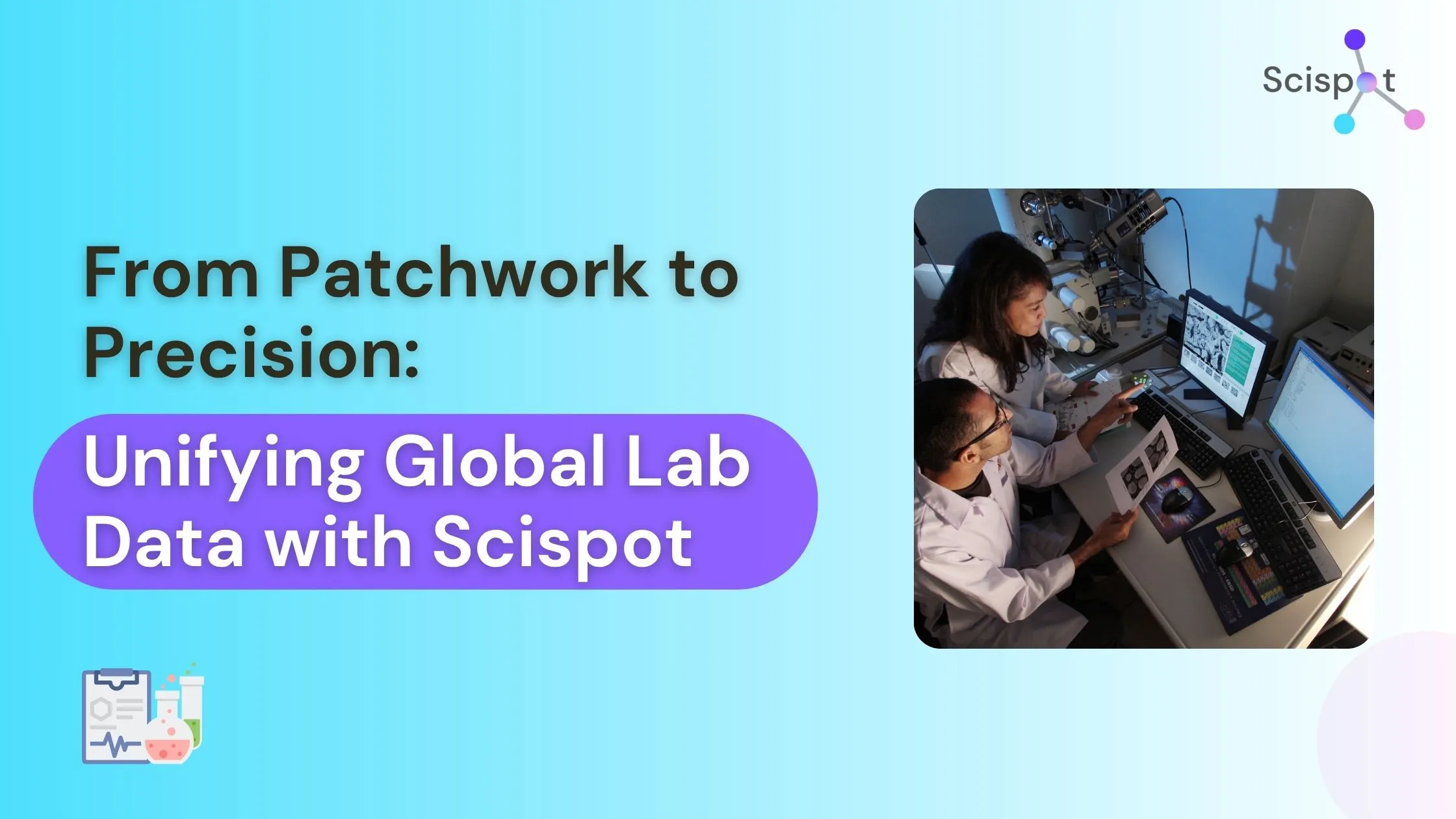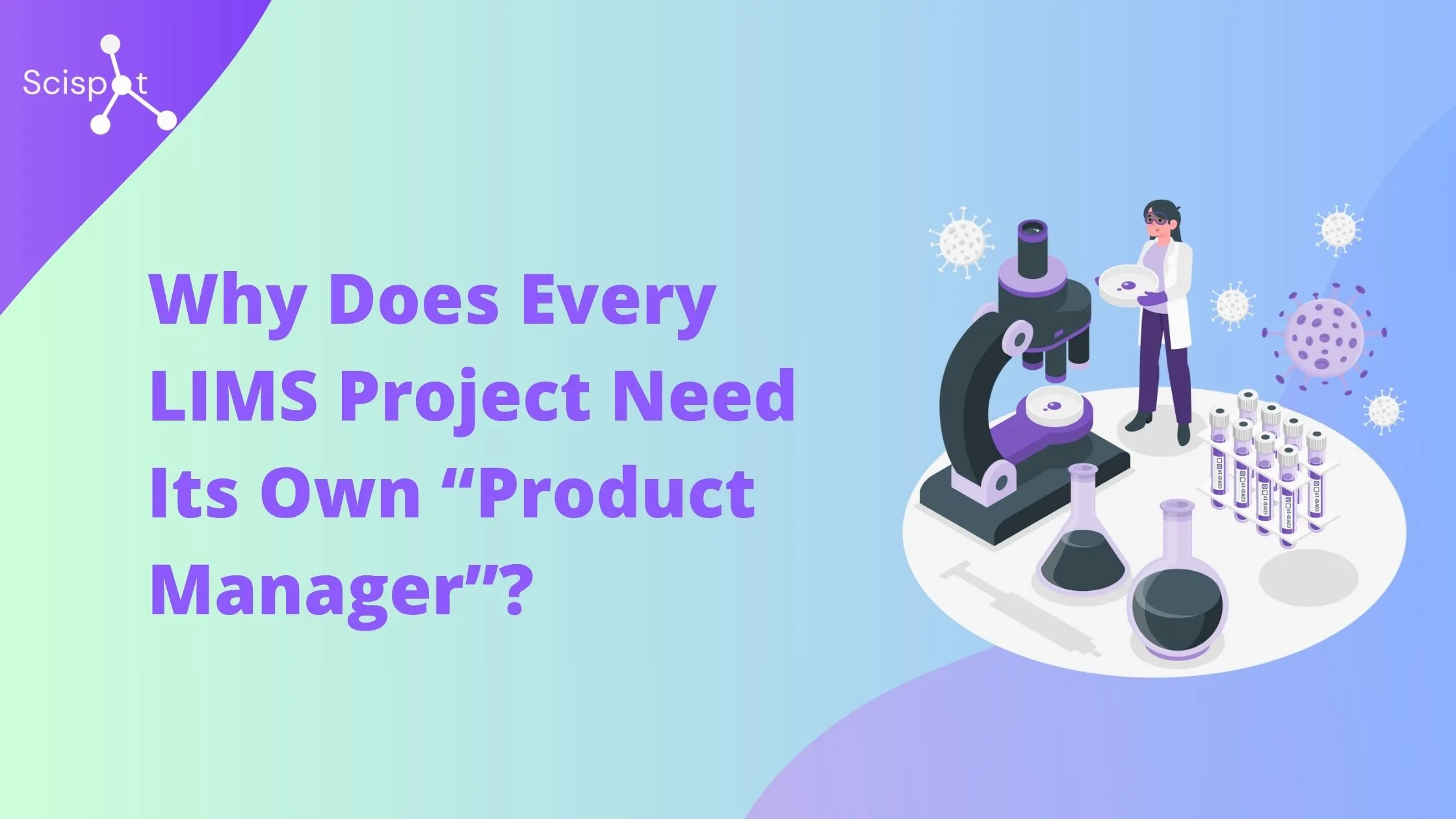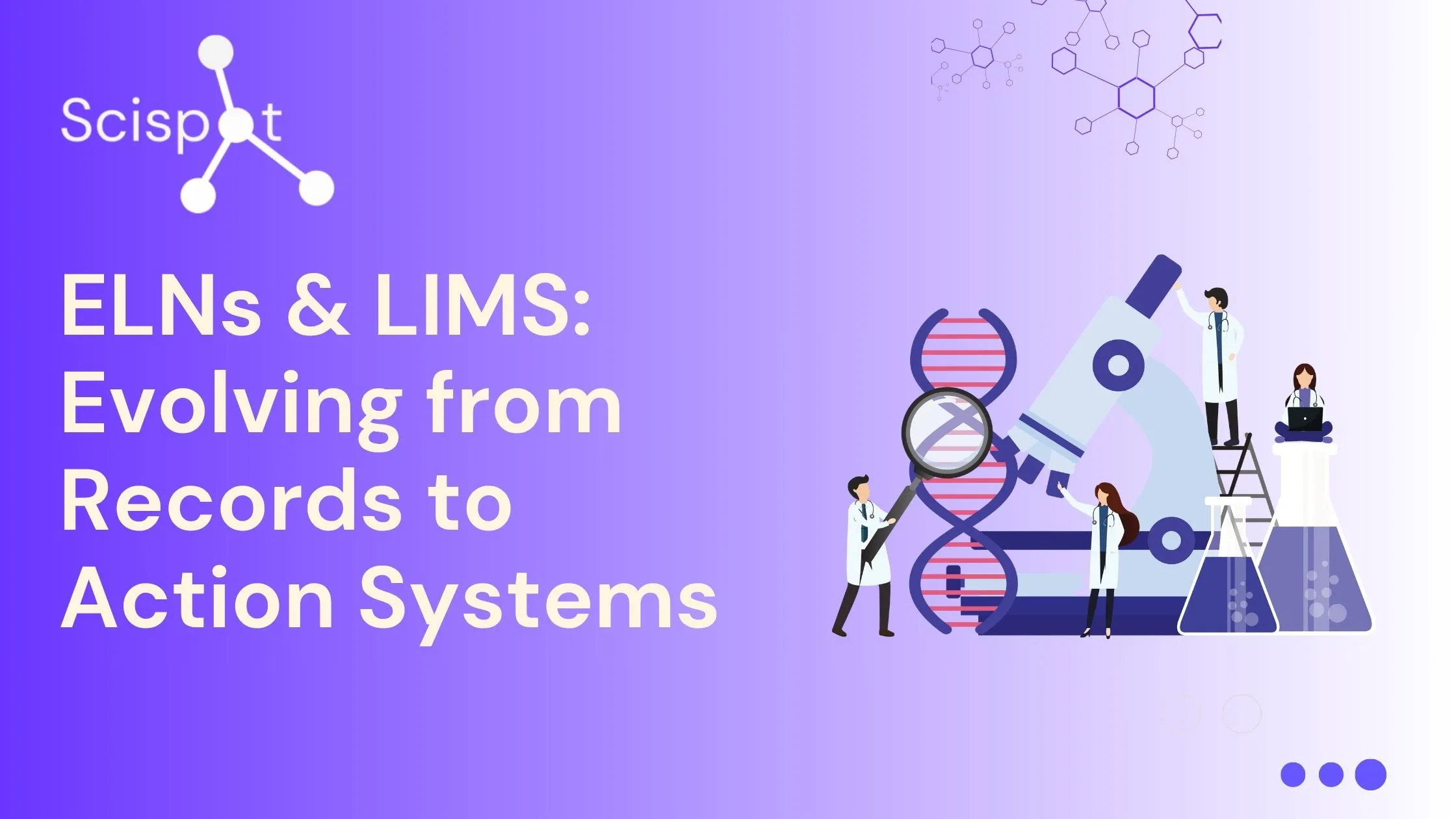Another experiment was stalled—again. A scientist searched through multiple spreadsheets, trying to retrieve the right dataset. Hours passed, but nothing matched. By the time the data was found, the model needed adjustments, and the team had lost another full day.
For one computational biology lab in Cambridge, UK, retrieving experimental datasets wasn’t just slow—it was a constant roadblock.
Without standardized data schemas, scientists struggled with inconsistent metadata and missing information. Data silos created bottlenecks, burying key datasets in Excel files and disconnected servers. Handoffs between wet lab and computational teams were delayed, making research painfully inefficient.
It wasn’t just an inconvenience. It was holding back discoveries.
The Breaking Point: When Data Became the Problem
The lab’s research team spent nearly two days retrieving, cleaning, and structuring data before they could even begin their analysis.
Every dataset required:
- Manual extraction from Excel files and local servers—a slow, repetitive process.
- Metadata validation to fix inconsistencies in file names, timestamps, and experiment details.
- Reformatting data to ensure compatibility with computational models.
The lack of integration between wet lab and computational teams meant datasets were often incomplete or mislabeled, forcing scientists to redo analyses and delaying progress even further.
Instead of accelerating discoveries, data was creating barriers.
The Fix: Automating Data Retrieval with Scispot
The team knew something had to change. If their models relied on messy, inconsistent data, how could they trust the results? They needed a system that ensured every dataset was clean, structured, and instantly accessible.
With Scispot alt-LIMS, the lab transformed its workflows overnight:
- Centralized Data Access – All experimental data and metadata were unified into a structured platform, accessible across teams.
- Automated Instrument Integration – Over 10 lab instruments were connected via Scispot’s universal agent, eliminating manual data entry.
- Schema Enforcement – Custom data templates ensured every dataset followed a standardized format, preventing errors and inconsistencies.
No more fragmented data. No more wasted hours fixing metadata issues.

The Results: Speed, Accuracy, and Collaboration
The impact was immediate.
- 75% Faster Data Retrieval – Scientists reduced data access time from two days to under six hours.
- 40% Reduction in Manual Errors – Automated data ingestion minimized human intervention and data inconsistencies.
- 30% Faster Project Completion – Seamless data-sharing improved collaboration between wet lab and computational teams.
With reliable, structured datasets available instantly, scientists could focus on modeling and analysis instead of data wrangling.
From Bottlenecks to Breakthroughs
Data is no longer a hurdle for this lab. Experiments run smoothly, computational models are reproducible, and cross-team collaboration is seamless.
The question isn’t whether computational biology labs should modernize. The real question is—how many discoveries are delayed due to inefficient data handling?
With Scispot, we no longer waste time wrangling data. Our workflows are now efficient, our data is reliable, and our teams collaborate seamlessly. Scispot’s Python integration (“Jupyter Hub”) is a standout feature that has transformed our computational modeling. The team has been incredibly supportive throughout.
– Computational Biology Lead












